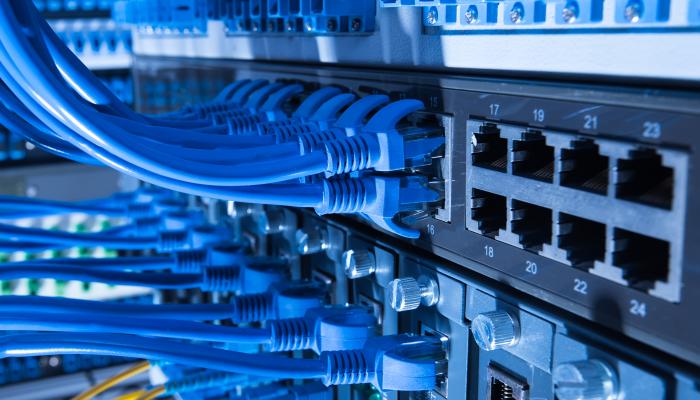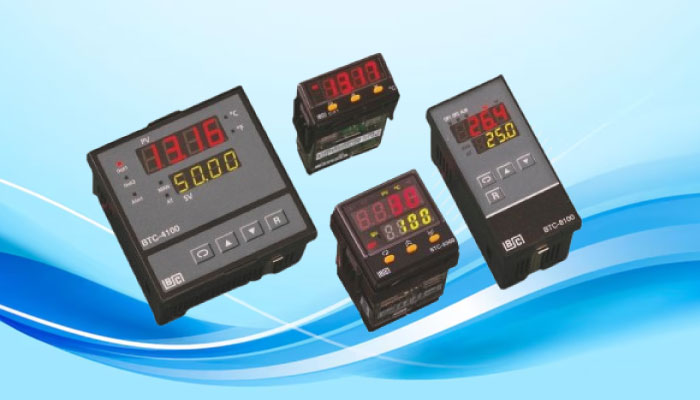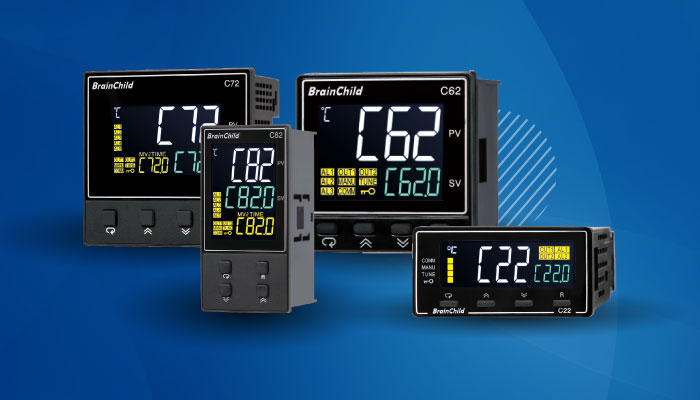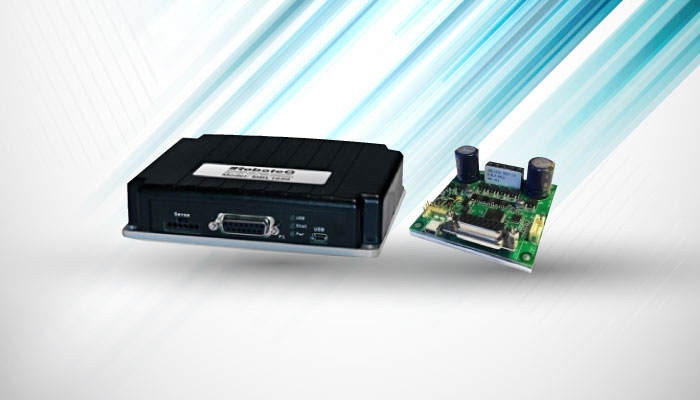Industrial Networking Empowering Connectivity and Efficiency in the Digital Era

In the modern industrial landscape, seamless and efficient communication between devices and systems is crucial for optimizing operations and staying competitive. Industrial networking has emerged as a game-changer, revolutionizing the way industries connect, collaborate, and manage their processes. From manufacturing to logistics, energy to healthcare, industrial networking is transforming diverse sectors by leveraging advanced technologies to create smart and interconnected environments. Here, we will explore the significance of industrial networking, its key components, top trends, and the potential it holds for driving unprecedented productivity and innovation in the digital era.
The Evolution of Industrial Networking
Industrial networking has undergone a remarkable evolution over the years, transforming the way industries operate and communicate. From early proprietary systems to the advent of Ethernet-based networks and the rise of the Industrial Internet of Things (IIoT), the journey of industrial networking has been dynamic and revolutionary
Traditional Industrial Communications
Traditional industrial networking laid the groundwork for the revolution in industrial automation that we witness today. It relied on proprietary systems and simple fieldbus protocols like Profibus, Modbus, and DeviceNet. Serial communication interfaces such as RS-232 and RS-485 were used for short-distance connectivity.
Programmable Logic Controllers (PLCs) and Human-Machine Interfaces (HMIs) acted as central components for control and monitoring. While effective in their time, traditional industrial communications had limitations in scalability and real-time data requirements. The evolution of Ethernet-based networks and the integration of the Industrial Internet of Things (IIoT) has revolutionized industrial communications, enabling faster, more efficient, and interconnected industrial processes.
Rise of Industrial Ethernet
The emergence of Ethernet-based protocols has played a pivotal role in driving data exchange, real-time control, and integration of various systems in industrial environments. Industrial Ethernet leverages standard Ethernet protocols to provide high-speed, reliable, and scalable communication between devices and machines. It enables the seamless integration of various components, such as PLCs, HMIs, and sensors, into a unified network infrastructure. The adoption of Industrial Ethernet has led to improved operational efficiency, real-time data exchange, and enhanced control over industrial processes. Its widespread use has empowered industries to embrace Industry 4.0 and unlock the potential of the Industrial Internet of Things (IIoT) for smarter, more connected manufacturing and automation.
The advent of Industry 4.0 has accelerated the adoption of industrial networking solutions, enabling the seamless convergence of operational technology (OT) and information technology (IT).
Key Components of Industrial Networking
Industrial networking relies on key components that form the backbone of seamless communication and connectivity in industrial environments. These components, including Ethernet-based networks, fieldbus protocols, wireless technologies, and IIoT integration, enable the efficient exchange of data between devices, systems, and cloud-based platforms, driving productivity and innovation in modern industries.
- Industrial Switches and Routers: Industrial switches and routers play a critical role in the realm of industrial networking, providing the necessary infrastructure for reliable and secure data transmission. These ruggedized devices are designed to withstand harsh environmental conditions and operate in industrial settings, ensuring seamless connectivity and real-time communication between various devices, machines, and control systems. Industrial switches create efficient and scalable network architectures, while routers enable secure data routing between different networks, empowering industries to optimize their operations and embrace the advancements of Industry 4.0.
- Industrial Protocols: Industrial protocols are standardized communication protocols specifically designed for industrial automation and control systems. These protocols facilitate reliable and efficient data exchange between various devices, sensors, controllers, and other components in industrial environments. Some commonly used industrial protocols include Profibus, Modbus, DeviceNet, Ethernet/IP, Profinet, CAN (Controller Area Network), etc.
- Wireless Connectivity: This technology relies on wireless signals, such as radio waves, infrared, or microwaves, to transmit data between devices. Wireless connectivity offers numerous advantages, including mobility, flexibility, and ease of deployment. It is widely used in various applications, including Wi-Fi for internet access, Bluetooth for short-range device pairing, Zigbee for low-power IoT devices, and cellular networks for mobile communication. In industrial settings, wireless connectivity plays a vital role in enabling remote monitoring, automation, and the integration of IoT devices in Industry 4.0 initiatives.
Benefits of Industrial Networking
- Improved Efficiency: Industrial networking optimizes processes, reduces downtime, and enhances overall operational efficiency.
- Real-Time Monitoring and Control: The ability of industrial networks to provide real-time data and control critical processes, enables proactive decision-making.
- Predictive Maintenance: Leveraging data analytics and IoT, industrial networking empowers predictive maintenance strategies, reducing maintenance costs and minimizing unplanned downtime.
- Improved Safety and Security: Industrial networking solutions incorporate robust security measures to protect against cyber threats and unauthorized access. These measures enhance the safety and integrity of critical infrastructure and data.
- Remote Monitoring and Control: Industrial networking enables remote monitoring and control of equipment and processes. This capability minimizes the need for physical presence, reduces operational risks, and improves troubleshooting and maintenance efficiency.
Industrial networking is reshaping industries across the globe, ushering in a new era of connectivity, automation, and efficiency. From enabling seamless data exchange to empowering predictive maintenance and smart manufacturing, industrial networking is driving unprecedented value and competitiveness. As businesses continue to embrace digital transformation, the power of industrial networking in creating agile, intelligent, and secure industrial ecosystems cannot be underestimated. By harnessing the potential of industrial networking, industries are well- positioned to thrive in the digital age and create a future of unparalleled productivity and innovation.
Are you looking for cutting-edge industrial networking solutions to drive efficiency and productivity in your business? Look no further! Embrace the Future of Industrial Networking with THETA.
THETA CONTROLS is your trusted partner in providing top-notch industrial networking solutions tailored to meet your unique needs. We offer an extensive range of products from Hirschmann Electronics, a renowned German manufacturer. Our diverse selection includes state-of-the-art switches, routers, wireless devices, and security systems, all designed to meet the demanding requirements of industrial applications. Whether it's Industrial Wireless LAN, Managed DIN Rail & Compact Switches, Substation Switches, or Unmanaged DIN Rail Mount Switches, our solutions ensure reliable and secure communication in even the harshest industrial environments.
Contact us today to explore how our industrial networking solutions can elevate your business to new heights.


